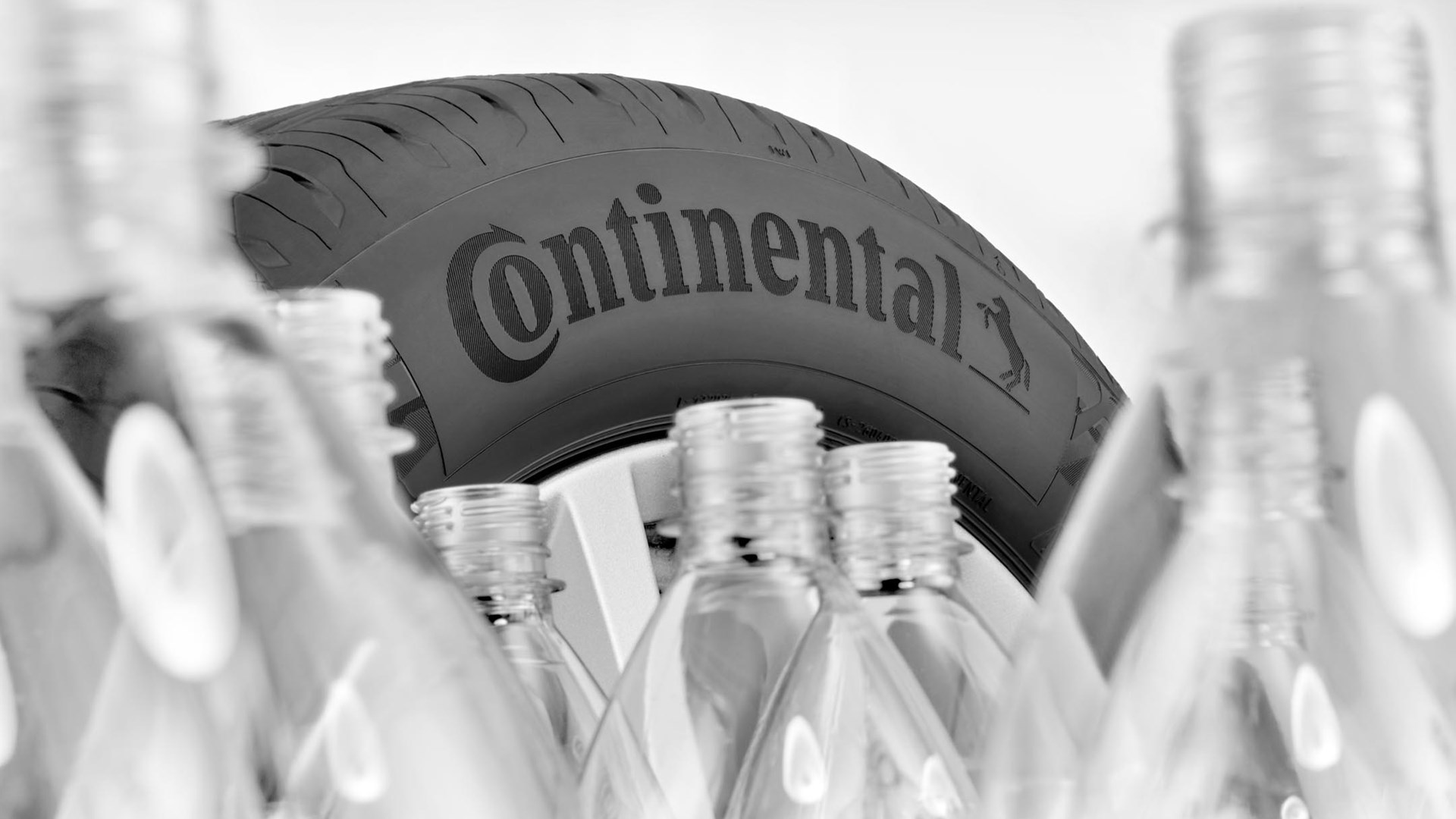
Why Your Next Tires Could be Made from Trash
It’s almost hard to believe, but some of today’s newest tires are made from materials that would have normally ended up in the dump. Granted, we’re not at the stage where 100 per cent of every new tire is made of what would normally be considered garbage, but we seem to be getting there. As sustainability becomes increasingly important, tire manufacturers are adapting.
For example, Bridgestone recently introduced the Turanza EV, a new tire specifically engineered for the needs of electric vehicle owners. What sets this tire apart from others on the market is that 50 per cent of the tire’s ingredients come from renewable and recycled materials.
These include carbon black (an ingredient that increases abrasion resistance and tensile strength), which comes from recycled tires. The synthetic rubber is made from recycled plastic bags and plastic bottles. The tire also replaces some of the traditional petroleum-based oil with soybean oil. Finally, some of the silica comes from rice husks, which according to Bridgestone, are byproducts of rice harvesting and usually just thrown out.
Continental Tire is also engineering tires made from recycled and renewable materials. The company recently unveiled the UltraContact NXT, which it says contains as much as 65 per cent renewable and recycled materials, depending on tire size.
Renewable materials alone make up as much as 32 per cent of the UltraContact NXT, and Continental says it is using resins from the paper and wood industries, silica from rice husks, and natural rubber from the rubber tree, although natural rubber is a key ingredient in most tires.
Recycled materials include rubber from end-of-life tires, as well as recycled steel and old plastic bottles. In fact, Continental says that each tire contains between nine and 15 plastic bottles, depending on the tire size.
Recycled Race Tires
In 2022, Firestone introduced a tire for the Indy 500 made with ingredients from a weed. According to the company, the tire was made using natural rubber from a desert shrub known as Guayule, instead of the traditional source of natural rubber, which is the Hevea tree, better known as the rubber tree.
Guayule produces natural rubber in its bark and in its roots, and the natural rubber from Guayule has almost identical qualities when compared to natural rubber harvested from the rubber tree. The latter is currently the primary source of the natural rubber used in tires around the world.
However, with demand for tires growing, there’s only so much natural rubber the Hevea tree can produce, which is why tire companies have been looking for an alternative for years. This desert shrub might be the answer they’ve been searching for.
A Growing Concern
According to the Tire and Rubber Association of Canada (TRAC), “Canadian rubber recyclers collected 421,184 tonnes of end-of-life tires across Canada in 2019.” We can assume that this number has only grown since then. This fact tells us that we have a huge recycling need, and if tire manufacturers can figure out ways to make their products more sustainable, then their solutions will go a long way to protecting our environment.
Indeed, that’s the goal of many tire manufacturers today, and many are thinking outside the box to come up with new ways to recycle and reuse materials. Case in point, Nokian Tires has manufactured a concept tire it’s calling the Green Step that uses 93 per cent recycled or renewable materials.
Nokian says that all the rubber used in the Green Step tire is natural, whereas most tires today include both natural and synthetic rubber. Renewable oils, such as canola, were used. The carbon black comes from used tires, and the steel in the steel belts and bead were mainly recycled.
This is a big step in the right direction, however, making a concept tire is one thing. Making it in a cost-effective manner that makes financial sense for a tire company, and then mass producing that tire and selling it, is the more challenging part of the puzzle.
We still have a long way to go before all our tires are made of anything close to 93 per cent recycled or renewable materials, but the fact that many tire companies are working on it is certainly good to see.
 Gas Car
Gas Car
 Electric Car
Electric Car
 Electric Scooter
Electric Scooter

